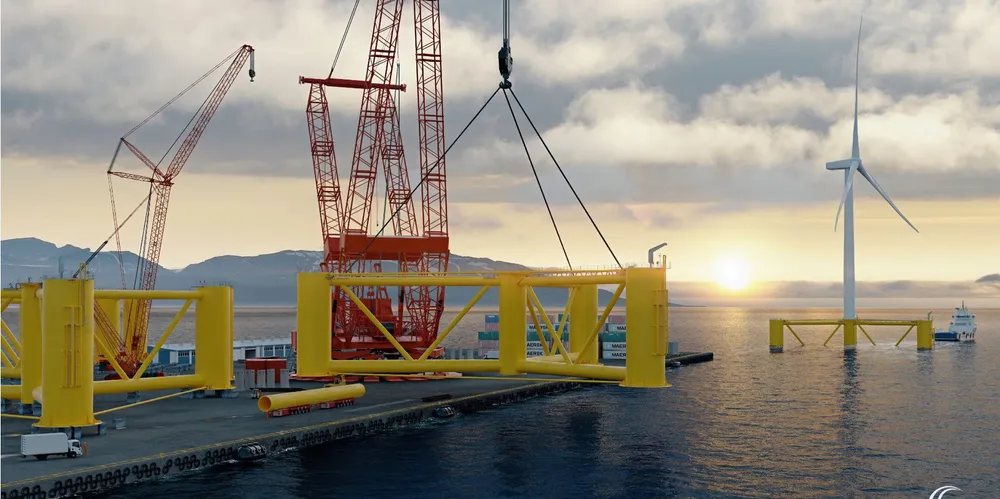Orsted-led Scottish floating wind-power hydrogen pilot fires up with Ocergy engineering deal
Deepwater technology pioneer lands lead-off technical role to fine-tune its OCG-Wind platform design for 100MW 'stepping-stone' Salamander array in UK North Sea
